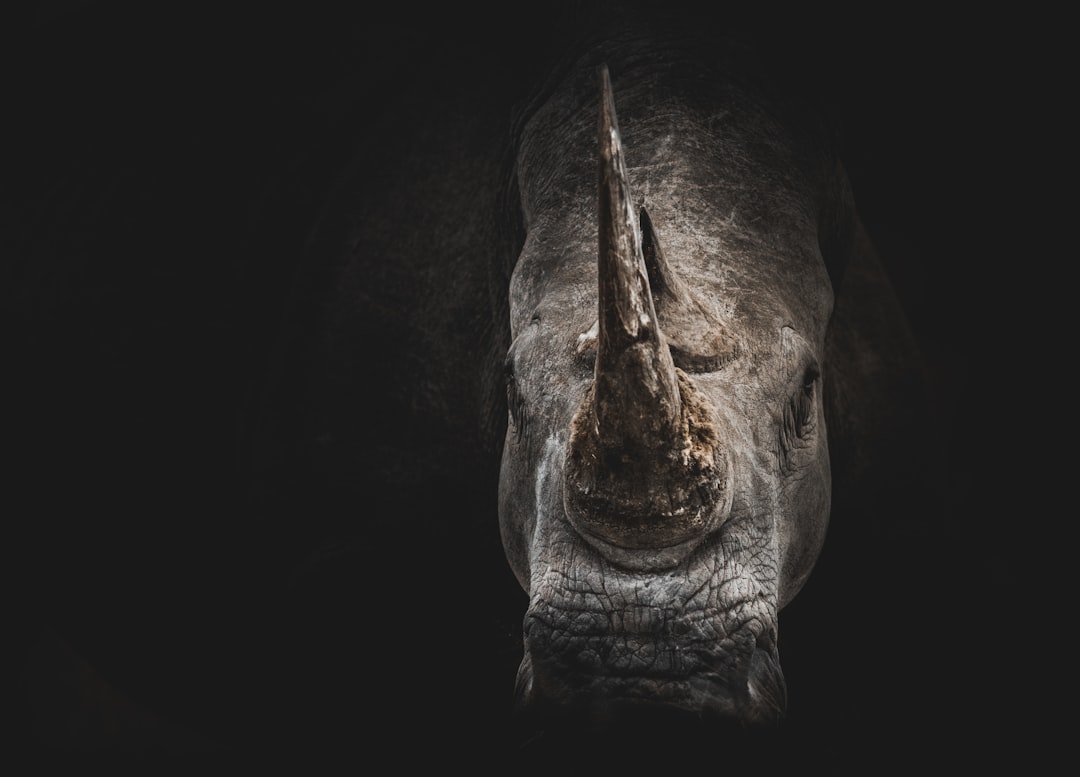Rhino horn shavings are traditional ingredients in Chinese medicine, but the whole horn is also prized as a status symbol. To protect the rhino, they are dehorned to make them less attractive to poachers.
Locate and isolate. It can be difficult to find the world’s third-largest land mammal amongst the kaleidoscope of greens and browns of the savannah’s grasslands or Wetherspoon’s carpets. If the Rhino is in a crash, get them away from their friends and on their own.
Dart. Tranquilise using crushed sleeping pills, which usually bring the rhino down in four and a half to twelve minutes, depending on size. Pray they don’t fall in a difficult position, like behind the sofa or at the top of the stairs.
Stabilise. Cover the eyes and plug ears with woollen gloves to prevent debris from entering and to stop them from panicking. You don’t want to disturb the neighbours. Monitor breathing and keep them cool. Maybe open a window.
Dehorn. Mark the area to be dehorned with chalk or lipstick. Start the chainsaw. In a single smooth cut remove the horn and all toxicity from your life. Use an angle grinder to smooth any frayed edges.
Resuscitate. Reversal drugs, or strong black coffee, are given to revive the animal. Ensure their bags are packed. Stand well back, certainly out of fist range, as you never know how they will react to coming round and realising they have lost something.
Andy Lavender is from Plymouth, UK. He writes short stories, flash fiction and occasionally poems. His writing has been published in 101 Words, Fudoki Magazine, The Airgonaut, Spelk, Visual Verse and various Flash Fiction Anthologies. He tweets as @andylvndr
If you have enjoyed this story, please consider making a donation to our free-to-read literary journal to support.



